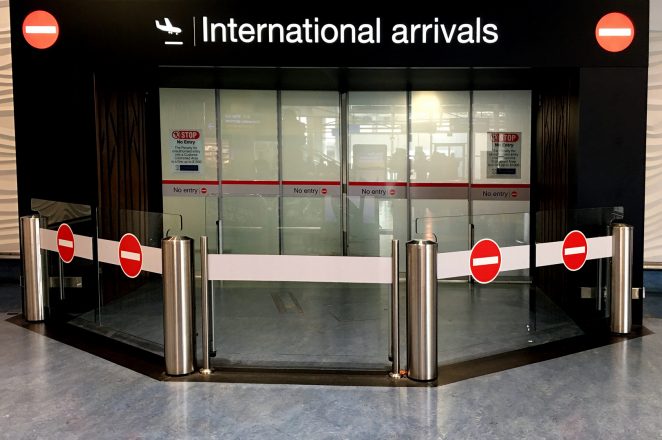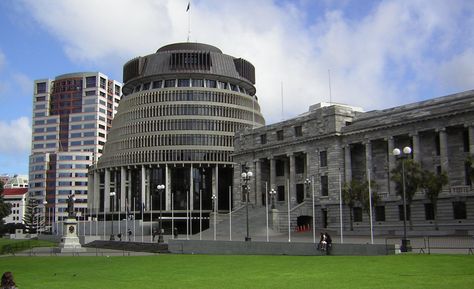목요일 뉴질랜드 정부는 뉴질랜드에서 공부를 시작했지만 국경 제한이 시작되었을 때 해외에서 잡은 1,000 명의 국제 고등 학생, 학위 수준 이상에 대한 예외 수업을 승인했습니다.
예외적으로 학생들은 2021년 4월부터 단계별로 뉴질랜드로 돌아갈 수 있습니다.
크리스 힙킨스 교육 장관은 성명서에서 “우리의 최우선 과제는 뉴질랜드의 모든 사람들의 건강, 안전 및 복지입니다.
“현재 국경을 세심하게 관리해야 할 필요성은 지난 9개월 동안 언제라도 중요합니다.우리는 바이러스에 대한 자세한 내용을 계속 배우고 위험에 따라 더 강력하고 맞춤화 된 국경 보호로 그에 따라 적응합니다.” 라고 Hipkins는 말했습니다.
재학생 들은 뉴질랜드의 경제 회복을 지원해야한다고 그는 말했다.
“이 국경 예외는 국제 교육 회복 계획의 일부에 적용됩니다.이는 국제 교육 부문에 대한 정부의 의지를 강조하며, 이는 COVID-19 장기간의 경제 회복에 중요한 것”이라고 장관은 말했다.
학생들은 XNUMX 월부터 돌아올 수있는 300 명의 코호트부터 시작하여 XNUMX 단계적으로 뉴질랜드로 돌아올 것이며 나머지 학생들은 관리 격리 가능 여부에 따라 일년 내내 돌아올 것이라고 그는 말했다.
“이 학생들의 귀환은 키위가 집으로 돌아갈 수있는 능력에 영향을 미치지 않으며 숙련 된 근로자가 입국 할 수있는 요구 사항과 균형을 이루고 있습니다.
Hipkins는 다른 모든 도착지와 동일한 국경 규칙과 격리 제도의 적용을 받으며 출신지에 따라 추가 제한이 있다고 Hipkins는 밝혔다.
이 1,000 학위 수준의 유학생 그룹의 연간 경제적 가치는 약 2 천만 NZ 달러를 포함하여 약 2 천만 NZ 달러를 포함하여 더 넓은 경제 기부금으로 약 49 백만 NZ 달러로 추정됩니다.





























































